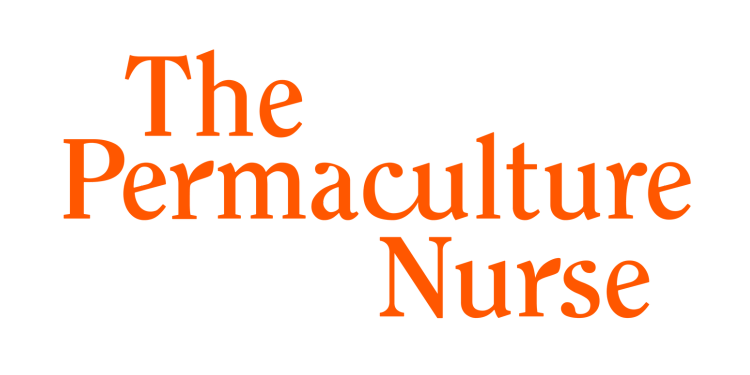Hands in soil: A profound therapeutic practice that enhances your mental well-being
In our increasingly digital and fast-paced world, our nervous systems are overloaded. We scroll, we rush, we juggle and often, we forget to ground. But healing, I’ve found, starts the moment we place our hands in the soil.
This simple act of gardening often is a powerful somatic practice. A moment of reconnection between body, mind, and Earth.
Why Soil Heals
Research supports what many of us have felt instinctively: interacting with soil boosts serotonin levels and reduces cortisol, the stress hormone. Soil contains Mycobacterium vaccae, a naturally occurring microbe known to enhance mood and brain function. It’s nature’s own antidepressant, found in your garden beds.
Tactile Therapy for Trauma and Anxiety
When you dig, plant, or pull weeds, your body enters a state of sensory mindfulness. The rhythm of your hands, the textures of dirt and roots, and the stillness of being outdoors gently quiets the mind. For those living with anxiety, grief, or trauma, this grounded rhythm can be profoundly regulating.
Rebuilding Your Nervous System, Naturally
Soil reminds us to slow down. It doesn’t rush. It teaches us that all things grow in their own time, ourselves included. By tending the land, we tend the layers within us. This is not metaphorical. It is somatic, biochemical, emotional medicine.
The Ritual of Reconnection
Whether you're potting herbs on a balcony or planting trees on acreage, every time you touch the soil it is an opportunity to reconnect—to yourself, to place, and to your sense of purpose.
So the next time life feels overwhelming, step outside. Take your shoes off. Dig with your hands. Let the soil remind you: you are held, rooted, and part of something much bigger.
